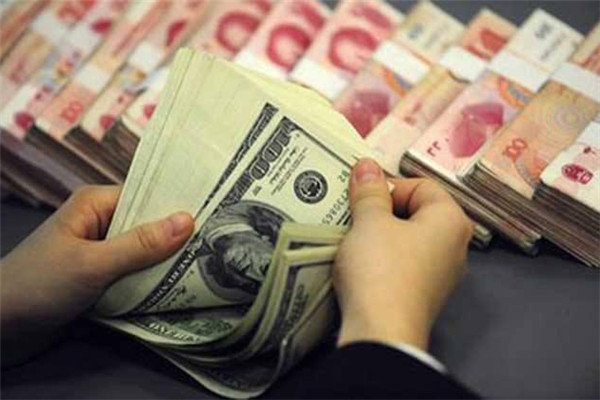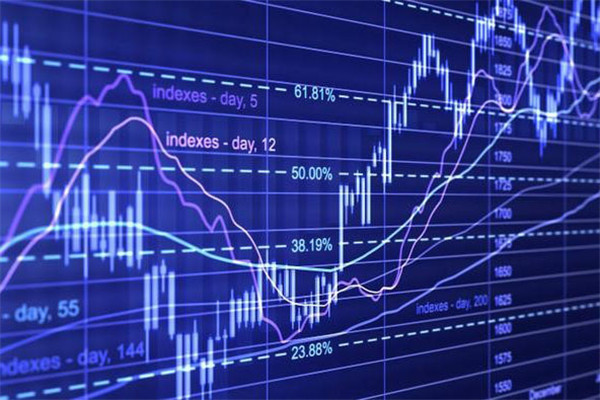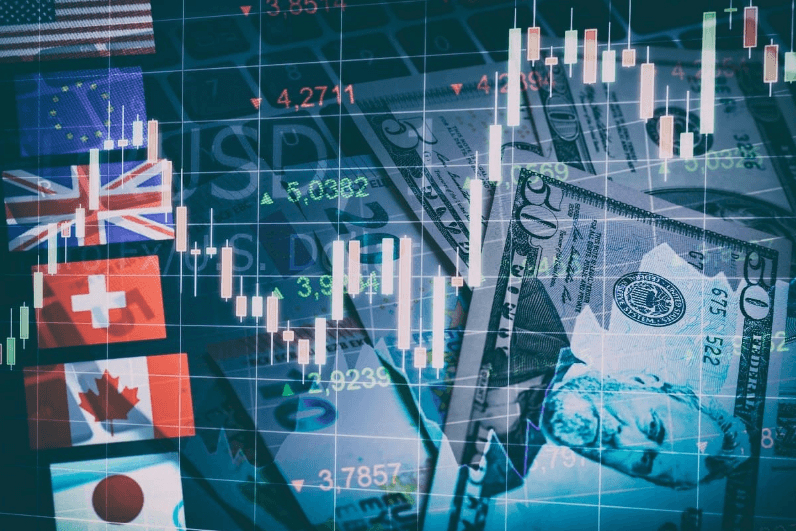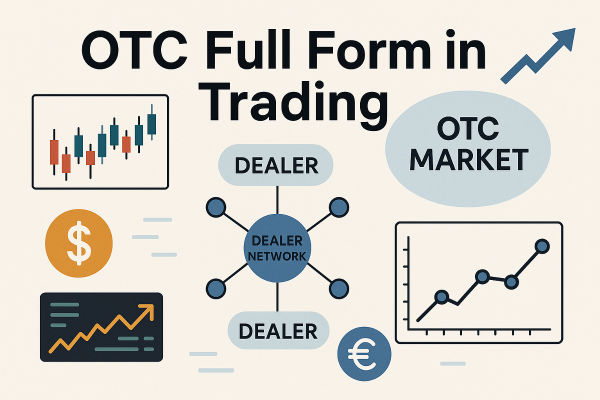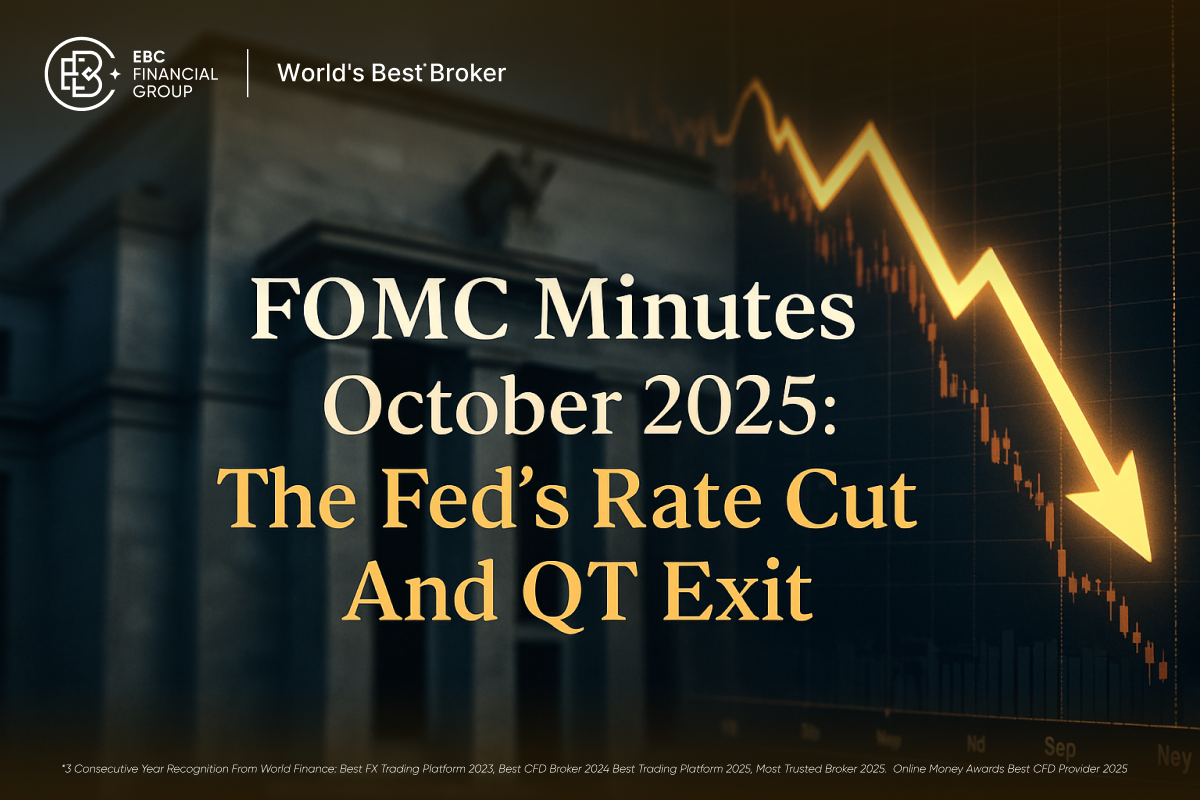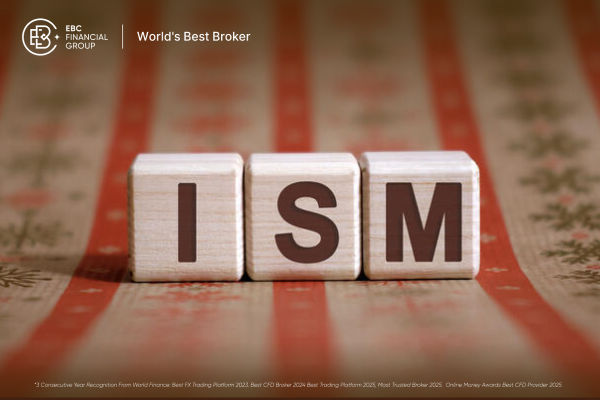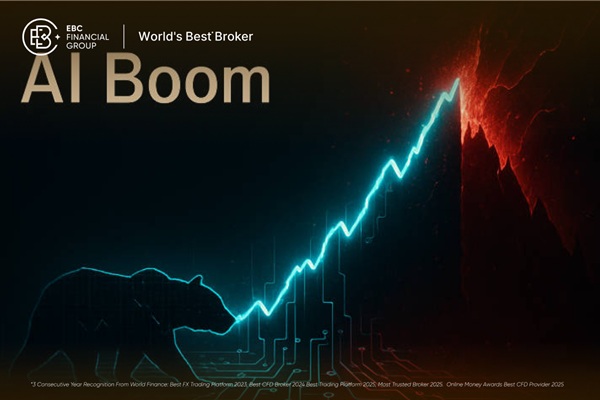When most people think about trading, they imagine buying low and selling high. That is only half the story. In today’s financial markets, traders are not limited to making money only when prices rise. They can also profit when prices fall. This is the foundation of what is called two way trading. Understanding this concept is essential for anyone who wants to trade forex, cryptocurrencies, commodities or stocks with confidence.
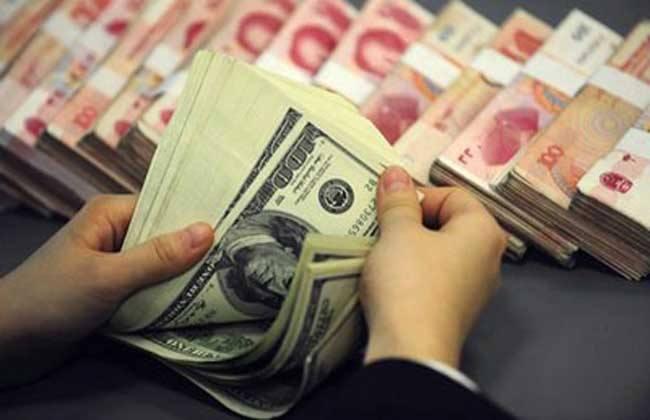
What is Two Way Trading (Long/Short)
Two way trading means you can trade in both directions of the market "Buy and Sell". You can take a position when you believe the price of an asset will go up and you can also take a position when you believe the price will go down. In simple words, it allows traders to benefit from both rising and falling markets.
Sometimes you may also hear terms like two way trade, two way exchange or two way market. These all describe the same principle. A two way market is one where buyers and sellers are both active, and prices move freely depending on supply and demand.
How Two Way Trading Works
To understand how this works, let’s look at the basics.
Every market has two prices: the bid price and the ask price.
When you buy (open long position), you enter at the ask price hoping the market will rise.
When you sell (open short position), you enter at the bid price hoping the market will fall.
For example, in forex, imagine the EUR/USD exchange rate is at 1.1000. If you believe it will go higher, you can buy (go long). If it rises to 1.1200, you profit from the difference. If instead you believe it will fall, you can sell (go short). If the price drops to 1.0800, you make a profit on the downward move.
The same idea applies in cryptocurrency. If Bitcoin is trading at $115,000 and you think it will rise, you buy. If you think it will fall, you can sell. This flexibility is what makes modern trading powerful and accessible.
Benefits of Two Way Trading
There are several reasons why two way trading is so important.
It provides flexibility to take advantage of any market condition.
It helps traders manage risk better by hedging against potential losses.
It increases liquidity because both buyers and sellers are active.
It gives more opportunities for traders to participate without waiting for prices to only go up.
Two Way Trading in Different Markets
This system is used across global markets.
Forex:
The foreign exchange market is the largest two way market in the world. Traders can buy or sell currency pairs 24 hours a day.
Cryptocurrency:
Digital assets like Bitcoin and Ethereum are highly volatile. Two way trading allows traders to capture moves in either direction.
Commodities:
Gold, silver, oil and agricultural products can be traded both ways, which helps investors during times of inflation or uncertainty.
Stocks and Indices:
While many people think stocks can only be bought, short selling gives traders a way to benefit when prices drop.
Two Way Trading vs One Way Trading
In a one way trading system, traders can only buy an asset and wait for its price to rise before selling. This limits opportunities and can leave traders stuck during downturns. In a two way system, traders are free to open positions in both directions, giving them more control and flexibility.
| Aspect |
One Way Trading |
Two Way Trading |
| Market Direction |
Only profit in rising prices |
Profit in rising or falling prices |
| Flexibility |
Limited |
High |
| Risk Management |
Difficult |
Easier with hedging |
| Market Liquidity |
Lower |
Higher |
Common Questions About Two Way Trading
Is two way trading risky?
All trading carries risk, but two way trading does not make it riskier. In fact, it can reduce risk by giving you more options to manage positions.
Do beginners need large capital?
No. Many platforms like EBC Financial Group allow small starting amounts. What matters is learning step by step.
Is two way trading the same as hedging?
Not exactly. Hedging is one strategy within two way trading that reduces risk by balancing positions.
How is it different from arbitrage?
Arbitrage involves profiting from price differences between markets. Two way trading simply means trading in both directions of a single market.
Can I lose money with two way trading?
Yes, you can. Just like in one way trading, if the market moves against your position, you will face a loss. The key is to manage risk with stop losses and proper position sizing.
Is two way trading suitable for beginners?
Yes. It is often easier for beginners once they understand the basics. It helps them learn that markets move in both directions and opportunities exist in both.
Do I need a special account for two way trading?
Most modern brokers like EBC Financial Group already provide two way trading through standard accounts. You don’t usually need a special account, but you should check that your platform supports short selling.
Is two way trading legal everywhere?
In most major financial markets, yes. Some regions may have restrictions on short selling in stock markets, but forex and crypto usually allow it freely.
How much money do I need to start two way trading?
There is no fixed amount. Many brokers like EBC Financial Group allow you to start with as little as less than hundred dollars, but it depends on your goals and strategy.
Is two way trading only for professionals?
Not at all. While professionals use it daily, retail traders also benefit from it. Many brokers design platforms with simple interfaces for beginners.
Can I use two way trading to hedge my investments?
Yes. This is one of its strongest uses. If you hold a long-term investment in one asset, you can open a short trade in the same or a related market to reduce risk during downturns.
What are common mistakes in two way trading?
How is two way trading different in forex and crypto?
The principle is the same, but crypto markets are often more volatile, which means bigger swings and more risk. Forex tends to move in smaller ranges but with high liquidity.
Can I do two way trading without leverage?
Yes. While many traders use leverage to amplify positions, you can also trade without it. This reduces risk but requires more capital for meaningful returns.
Do I need advanced technical analysis for two way trading?
No. While technical analysis helps, beginners can start with basic tools like support and resistance levels, trendlines and simple moving averages.
Strategies for Beginners
If you are new to trading, here are some practical steps to get started with two way trading:
Begin with a demo account to practice without risk.
Learn the basics of stop loss and take profit to manage your trades.
Avoid high leverage until you are confident.
Start with small trades and gradually build experience.
Use reliable trading platforms with transparent pricing.
Conclusion
Two way trading has transformed the way financial markets work. Instead of being limited to making money only in good times, traders can now take part in every market movement. Whether in forex, crypto, commodities or stocks, this system creates more opportunities, better risk control and greater liquidity. For beginners, it opens the door to a deeper understanding of how markets really function. By learning step by step, anyone can start exploring the benefits of two way trading with confidence.
